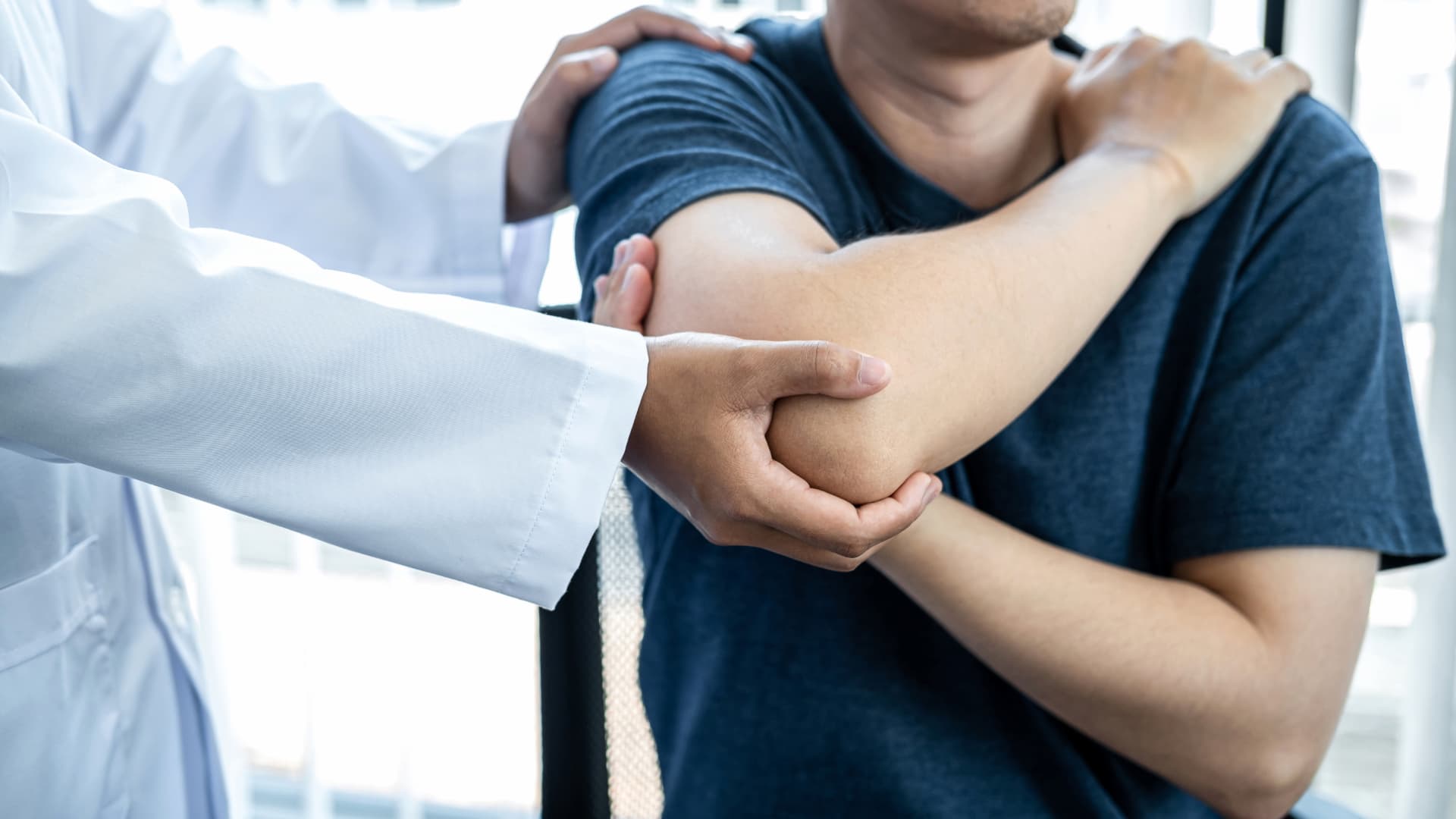
Dr. Carl Scott Humphrey, an expert in shoulder care, leads Humphrey Shoulder Clinic in Boise, Idaho. Our team has a proven track record of successful non-surgical treatments and surgical procedures, with glowing reviews from our patients about their results.
With helpful tips and informative guidance, you can make the best decision for your situation and take action for your health. So read on to learn how to take charge of your shoulder health today!
What Are the Most Common Shoulder Injuries and Disorders?
Sprains and Strains: These are injuries to the ligaments that connect bones in your shoulder joint caused by sudden or extreme movement or force.
Dislocations: A dislocation occurs when the head of the humerus (upper arm bone) is pulled out of its normal position within the glenoid fossa (glenoid cavity or socket).
Separations: An injury of the acromioclavicular joint (AC joint), which is located at the top of your shoulder where the clavicle (collarbone) meets your shoulder blade (scapula).
Tendinitis: Swelling of one or more tendons around your shoulder joint due to repetitive motion or overuse.
Bursitis: Inflammation of the bursa sac surrounding your shoulder joint due to either trauma or repetitive motions over time.
Torn Rotator Cuff: A rotator cuff is a group of four muscles and tendons that surround and stabilize your shoulder joint. If a tear occurs, it can cause weakness in lifting movements as well as persistent pain while at rest.
Biceps Tendon Tear: A bicep tendon tear may occur suddenly due to a fall onto an outstretched arm or gradually over time due to repeated stress on these tendons from overhead activities (such as throwing or lifting weights overhead).
Unstable Biceps Tendon: A bicep becomes unstable when one end does not stay securely attached to its position along the bone for long enough periods, leading to instability which causes difficulty using arms for activities requiring strength or stability, such as pushing or pulling objects.